Director: Kim Ji-woon
Cast: Gang Dong-Won, Han Hyo-Joo, Jung Woo-Sung, Kim Moo-Yul, Han Ye-Ri, Heo Jun-Ho, Minho, Shin Eun-Soo, Kim Pub-Lae, Lee Dong-Ha, Choi Jin-Ho
Running Time: 138 min.
By Z Ravas
A Tale of Two Sisters. A Bittersweet Life. The Good, the Bad, the Weird. I Saw the Devil. Age of Shadows. Over the last 15 years, the work of Kim Jee-woon has come to help define popular Korean cinema. In that regard, he occupies the same rarefied echelon as filmmakers like Chan Wook-park (Oldboy) and Bong Joon-ho (The Host). Even Jee-woon’s brief foray into Hollywood filmmaking, the Arnold Schwarzenegger vehicle The Last Stand, is now seen as little more than an unfortunate blip in an otherwise remarkably consistent career. It should come as no surprise that each new film by Kim Jee-woon arrives with a massive amount of hype and expectation; this may go some ways to explain just why his latest work, the Netflix-distrbuted Illang: The Wolf Brigade, has been met with a wave of negative reviews since its release in South Korea last summer, where it underperformed at the box office.
Illang is loosely based on the manga from Ghost in the Shell creator Mamoru Oshii, which itself was adapted into the popular anime feature Jin-Roh back in 1999. The opening twenty minutes of Illang, as weighed down by exposition as they may be, are likely what fans of the anime were hoping to see: in a near-future unified Korea, police in riot gear uniforms clash with unruly protestors and anti-government terrorists known as the Sect. Amid the violence, the Wolf Brigade – a specially trained and heavily armored brand of government response force – are unleashed upon the Sect forces with a hail of machinegun fire. Make no mistake, Warner Brothers (who co-produced with Lewis Pictures) has thrown some money at this film. Illang boasts high production values; the opening’s slick futuristic look and high powered weaponry had me thinking we were in for director Kim Jee-woon’s own take on Paul Verhoeven’s Eighties classic Robocop.
From there, the film temporarily pumps it brakes, and one realizes that the Jin-Roh source material is merely a framework for Kim Jee-woon to tell a standard Korean revenge tale. As it turns out, the higher-ups in the government feel the Wolf Brigade are a little too good at their jobs. Those in power prefer the status quo, as instability and chaos on the streets create the perfect climate to maintain control over the populace. Some shady government types hatch a plan to frame a Wolf Brigade soldier (The Master’s Gang Dong-won) for a terrorist plot so they can use him as a scapegoat to disband the Wolf Brigade entirely. Unfortunately for them, Gang Dong-won is too cunning to fall for their scheme and he evades capture with the help of a former Sect member, played by Han Hyo-joo (Cold Eyes). The story of a well-trained soldier on the run from relentless hit squads with a doe-eyed beauty in tow frequently put me in mind of Lee Jung-beom’s 2014 No Tears for the Dead, and at times Kim Jee-woon seems as though he’s trying his damndest to out-do the action sequences in that film.
Granted, Illang’s emphasis on world building and technical prowess means that the characters frequently recede into the background – in truth, it was halfway through the movie before I realized that Gang Dong-won was meant to be our protagonist. Can you blame me? With megastar Jung Woo-sung’s (Asura: City of Madness) stoic drill instructor and Kim Moo Yeol’s (War of the Arrows) slimy bureaucrat taking up so much screentime, it can be difficult to know who we’re supposed to follow. Kim Jee-woon has a relatively straightforward story on his hands but chooses to focus on its dizzying layers of conspiracy. The director continually runs the risk of muddling a very simple narrative, but then he throws another shootout or car chase your way, and suddenly all that matters is that you’re in the hands of someone who can expertly orchestrate a kinetic action sequence. Jee-woon’s blockbuster style here involves a fluid blend of handheld and steadicam work, jawdropping aerial photography amid hundreds of extras, and a glorious amount of spent bullet casings.
In the interest of full disclosure, it’s been well over a decade since I’ve seen the anime adaptation of Jin-Roh. It’s an animated feature known for its methodical pace, moody contemplation of the relationship between statecraft and terrorism, and frequent allusions to the Red Riding Hood fairy tale. I can understand if fans of the manga and anime feel as though Kim Jee-woon has betrayed his source material by deploying it as window dressing for yet another Korean action/thriller, a genre that is starting to feel more than a little familiar now that we’re eight years after The Man From Nowhere (and a whopping thirteen since A Bittersweet Life). In truth, The Wolf Brigade functions best when it’s not attempting to contemplate whether Gang Dong-won is a wolf in man’s clothing or vice versa, and instead doubles down on Kim Jee-woon’s penchant for ultra-violence: case in point, the film climaxes with a brickwall-busting tussle that tells me Jee-woon has seen and studied John Hyams’ Universal Soldier: Regeneration.
I began this review with a list of some of Kim Jee-woon’s best and most acclaimed works. I can guarantee that Illang: The Wolf Brigade will never be counted among them. But judged on its own merits, as a slick piece of pop entertainment you can watch with the effortless click of a button thanks to Netflix, The Wolf Bridgade is a damn fine action movie and a not altogether bad way to spend a Saturday night.
Z Ravas’ Rating: 7.5/10

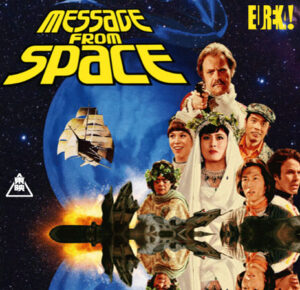
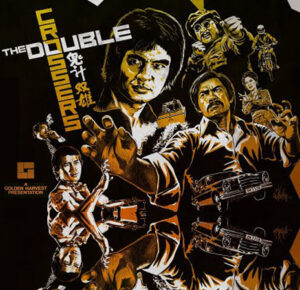
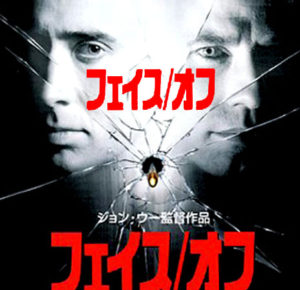

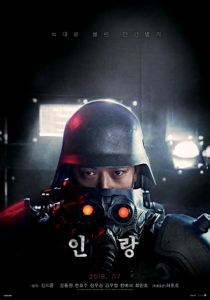
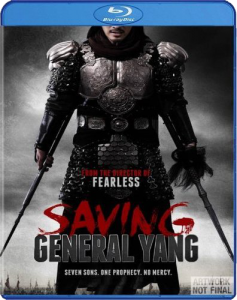

 As a young kid of 18, I used to watch a British Television film review programme, then presented by Johnathan Ross. A major advocate of Eastern cinema, Ross is a larger than life character with an abundance of knowledge of especially Asian action movies. At the end of one programme there was a clip of the South Korean film
As a young kid of 18, I used to watch a British Television film review programme, then presented by Johnathan Ross. A major advocate of Eastern cinema, Ross is a larger than life character with an abundance of knowledge of especially Asian action movies. At the end of one programme there was a clip of the South Korean film 

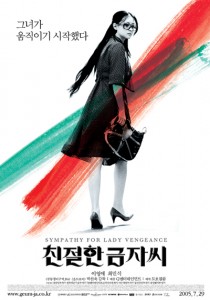

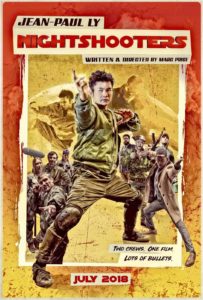
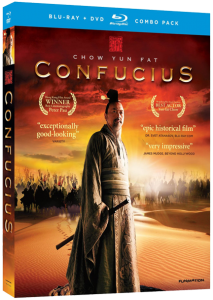
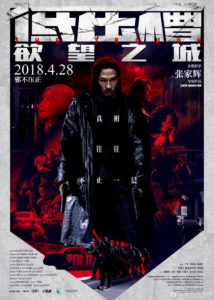
 The irony isn’t lost on me that, considering I now devour more Korean cinema than any other countries output, unlike Hong Kong and Japan my first taste of it didn’t have me hook, line, and sinker. If anything, my introduction to the world of Korean cinema left me equal parts perplexed, but with an unshakable feeling that I wanted to see more. Looking back now I think I know why. While I’d gotten into Hong Kong and Japanese cinema when their Golden Era’s had already long past, leaving a seemingly unlimited back catalogue to explore, in the case of Korea my first taste came just as it was on the cusp of entering into its own Golden Era (or in other words – what would popularly become known as ‘The Korean Wave’).
The irony isn’t lost on me that, considering I now devour more Korean cinema than any other countries output, unlike Hong Kong and Japan my first taste of it didn’t have me hook, line, and sinker. If anything, my introduction to the world of Korean cinema left me equal parts perplexed, but with an unshakable feeling that I wanted to see more. Looking back now I think I know why. While I’d gotten into Hong Kong and Japanese cinema when their Golden Era’s had already long past, leaving a seemingly unlimited back catalogue to explore, in the case of Korea my first taste came just as it was on the cusp of entering into its own Golden Era (or in other words – what would popularly become known as ‘The Korean Wave’).

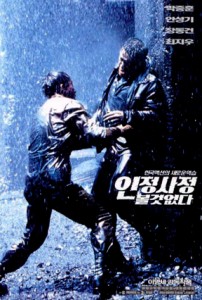

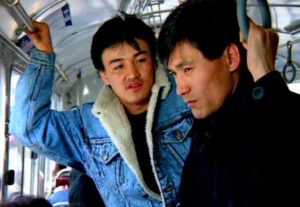
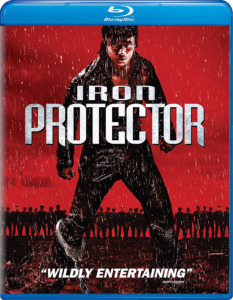
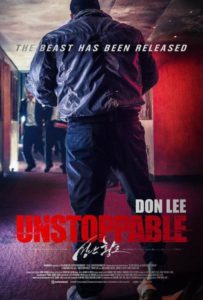



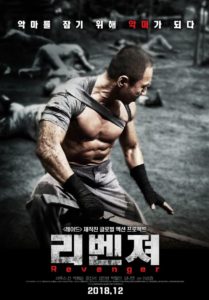



14 Comments